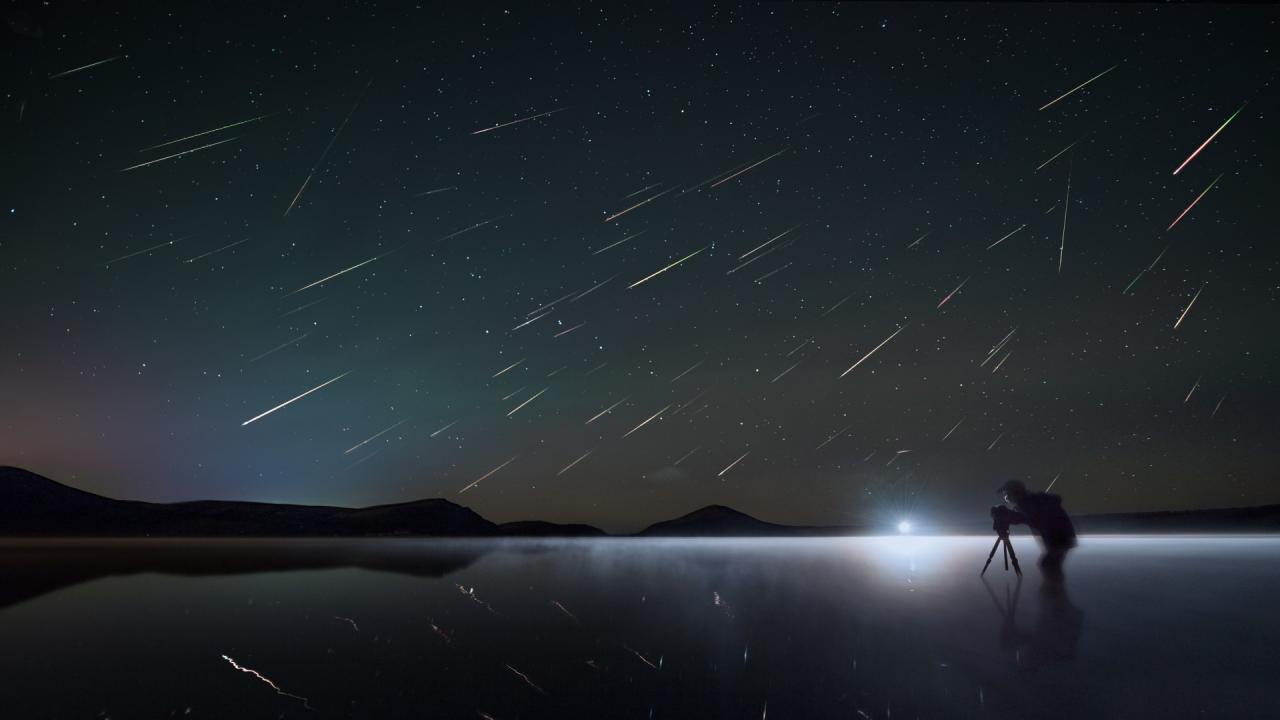Venus Moon duo and Quadrantids meteors stun stargazers! This celestial spectacle treated skywatchers to a breathtaking double feature. A stunning conjunction of Venus and the Moon graced the night sky, closely followed by the dazzling Quadrantids meteor shower. This rare alignment provided a phenomenal opportunity for stargazing enthusiasts, amateur astronomers, and even casual sky-watchers to witness a truly unforgettable celestial event.
The bright pairing of Venus and the Moon offered a beautiful backdrop to the meteor shower. The peak viewing times and optimal locations for the Quadrantids provided a chance to see dozens of meteors per hour streak across the heavens. The event highlighted the wonder of our solar system and the fascinating interplay between celestial bodies. The brightness and visibility of both Venus and the Moon during the conjunction made for an incredible sight.
Celestial Dance: Venus, Moon, and the Quadrantids: Venus Moon Duo And Quadrantids Meteors Stun Stargazers
The night sky recently treated stargazers to a spectacular double feature: a close conjunction of Venus and the Moon, followed by the peak of the Quadrantids meteor shower. This rare celestial alignment offered a breathtaking display for those fortunate enough to witness it, combining the serene beauty of a planetary conjunction with the dazzling spectacle of shooting stars.
Celestial Event Overview, Venus Moon duo and Quadrantids meteors stun stargazers
The Venus-Moon conjunction presented a captivating sight, with the brilliant planet Venus appearing close to the crescent Moon. Optimal viewing occurred in the pre-dawn hours, varying slightly based on geographical location. The Quadrantids meteor shower, known for its intense bursts of activity, peaked around the same time, adding another layer of excitement to the celestial show. The simultaneous occurrence of these two events is a relatively uncommon alignment, making the event even more noteworthy for astronomy enthusiasts.
Venus, significantly brighter than the Moon during the conjunction, easily dominated the scene with its characteristic silvery-white glow, while the Moon provided a contrasting, gentler light.
Quadrantids Meteor Shower Characteristics
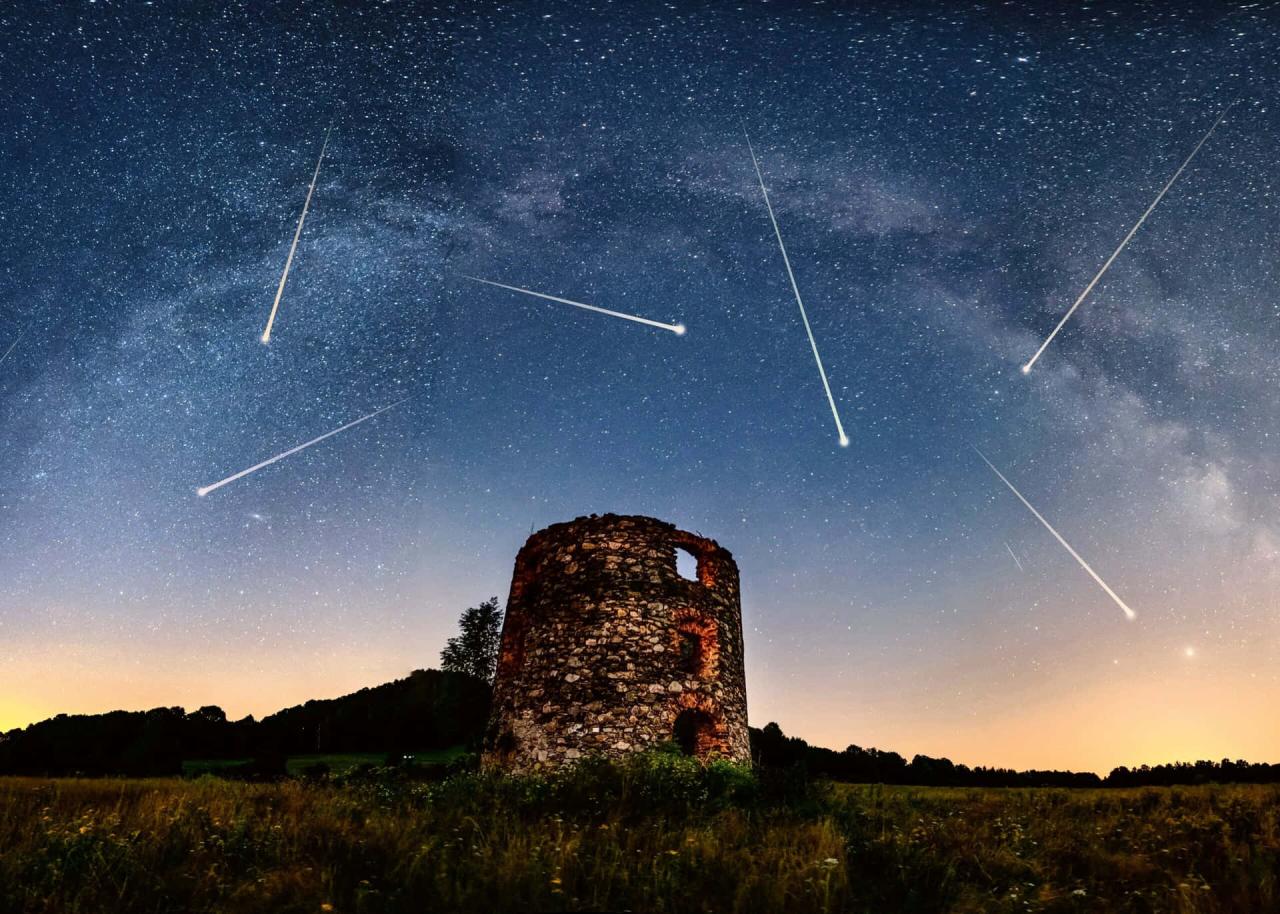
The Quadrantids originate from the debris trail of an extinct comet, 2003 EH1. Its radiant point—the apparent origin of the meteors—lies in the now-obsolete constellation Quadrans Muralis (hence the name), near the constellation Boötes. The shower is known for its relatively short peak, typically lasting only a few hours, with rates potentially reaching 120 meteors per hour under ideal dark sky conditions.
Hey stargazers! Did you catch the amazing Venus-Moon duo and the Quadrantids meteor shower? It was quite a celestial show! Meanwhile, down on Earth, politics were equally dramatic, as you can see from this news story about Republican Mike Johnson reelected House speaker after dramatic events. But back to the stars – let’s hope for more stunning displays soon!
However, this rate is highly variable, often hampered by the low altitude of the radiant point. Quadrantid meteors are generally smaller than those of other prominent showers, but their bright trails often leave persistent trains across the sky. Compared to the Perseids and Geminids, the Quadrantids boast a shorter peak period but can still provide a spectacular show for those viewing during the optimal time.
Hey, did you see the amazing Venus-Moon duo and the Quadrantids meteor shower last night? It was seriously stunning! Completely overshadowed by news though, like this unfortunate incident: Rep. Virginia Foxx injured outside House chamber in Capitol building. Still, back to the celestial show – those meteors were incredible, right?
Venus-Moon Conjunction Visual Aspects
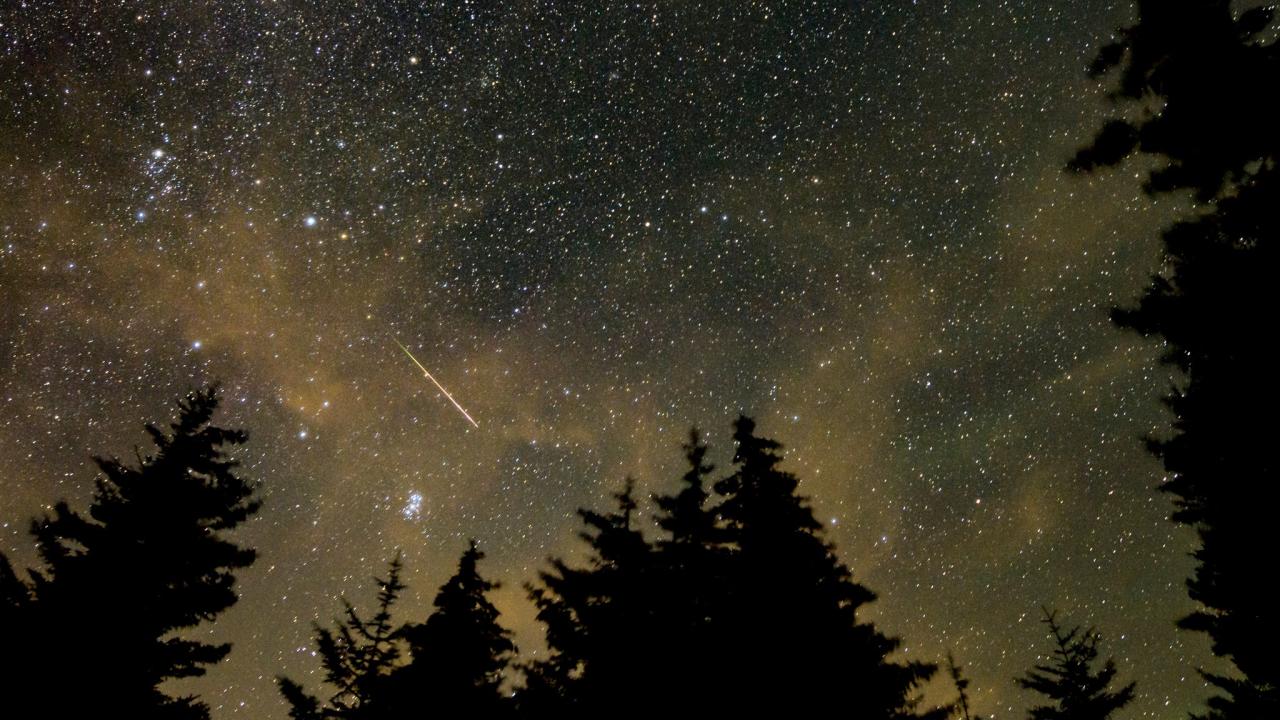
The conjunction presented a stunning visual spectacle. The crescent Moon, a delicate sliver of light, shared the sky with Venus, a blazing beacon of silvery-white light. Their proximity created a visually striking scene, with Venus appearing as a bright “star” near the Moon’s illuminated edge. The apparent sizes differed significantly, with Venus appearing as a tiny, intensely bright point, while the Moon presented a much larger, albeit less luminous, disk.
Imagine a dark canvas sprinkled with stars. The crescent Moon, a subtle curve of pale light, sits near the brilliant, almost incandescent, point of Venus. Boötes, a constellation with its distinctive asterism, Arcturus, a bright orange-red star, shines not far from the pair, providing a colorful contrast to the silvery-white of Venus and the pale glow of the Moon.
| Celestial Body | Apparent Magnitude | Color | Relative Position |
|---|---|---|---|
| Venus | -4.0 | Silvery-white | Close to the crescent Moon |
| Moon | -10 (approx. at full moon, less during crescent) | Pale yellowish-white | Crescent phase, near Venus |
| Arcturus (Boötes) | 0.05 | Orange-red | Relatively close, but distinct from Venus and Moon |
Impact on Stargazers and Public Perception
Social media platforms buzzed with images and enthusiastic accounts of the event. Many stargazers shared their experiences, detailing the breathtaking beauty of the conjunction and the thrill of witnessing numerous Quadrantid meteors. News outlets reported on the event, contributing to increased public interest in astronomy. However, light pollution in urban areas and adverse weather conditions in some regions presented challenges for optimal viewing for some stargazers.
The educational value of such events is undeniable, sparking curiosity and fostering a deeper appreciation for the wonders of the universe, inspiring many to explore the cosmos further.
Photography and Astrophotography
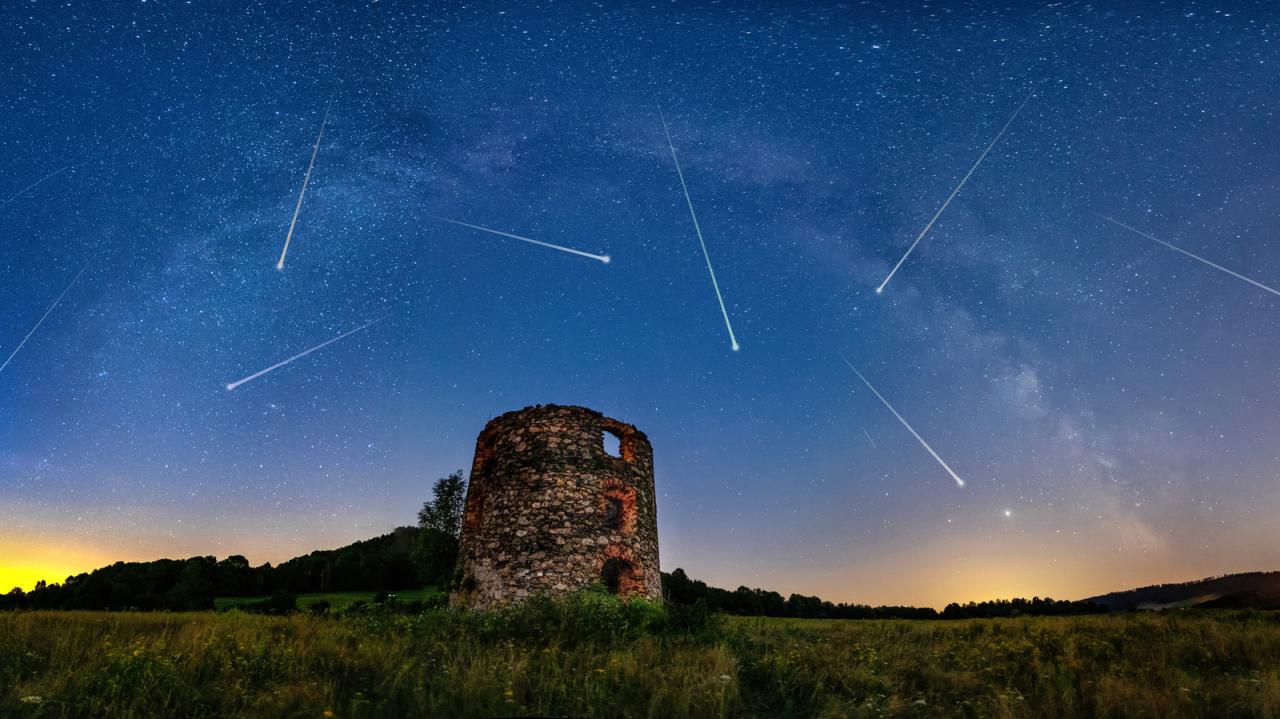
Capturing images of the Venus-Moon conjunction and the Quadrantids required specific techniques. For the conjunction, a camera with a telephoto lens is recommended to capture the relative positions of Venus and the Moon. For the meteor shower, a wide-angle lens is ideal to capture a larger portion of the sky. Longer exposure times will increase the chances of capturing meteors, but careful consideration of ISO and aperture settings is needed to avoid overexposure.
Wow, the Venus-Moon duo and Quadrantids meteor shower were amazing! So many people were captivated by the celestial show. If you missed it, maybe you could grab a deal and head to Paris – check out this flash sale: Eurostar launches flash sale with discounted train tickets to Paris – for some city lights and maybe a clearer view of the night sky from a different perspective.
Then you can get back to enjoying those stunning astronomical events!
- Camera with a wide-angle lens (for meteors) and telephoto lens (for conjunction)
- Tripod for stability
- Remote shutter release to minimize camera shake
- Dark sky location, away from light pollution
- Appropriate software for image processing (e.g., Adobe Photoshop, GIMP)
Outcome Summary
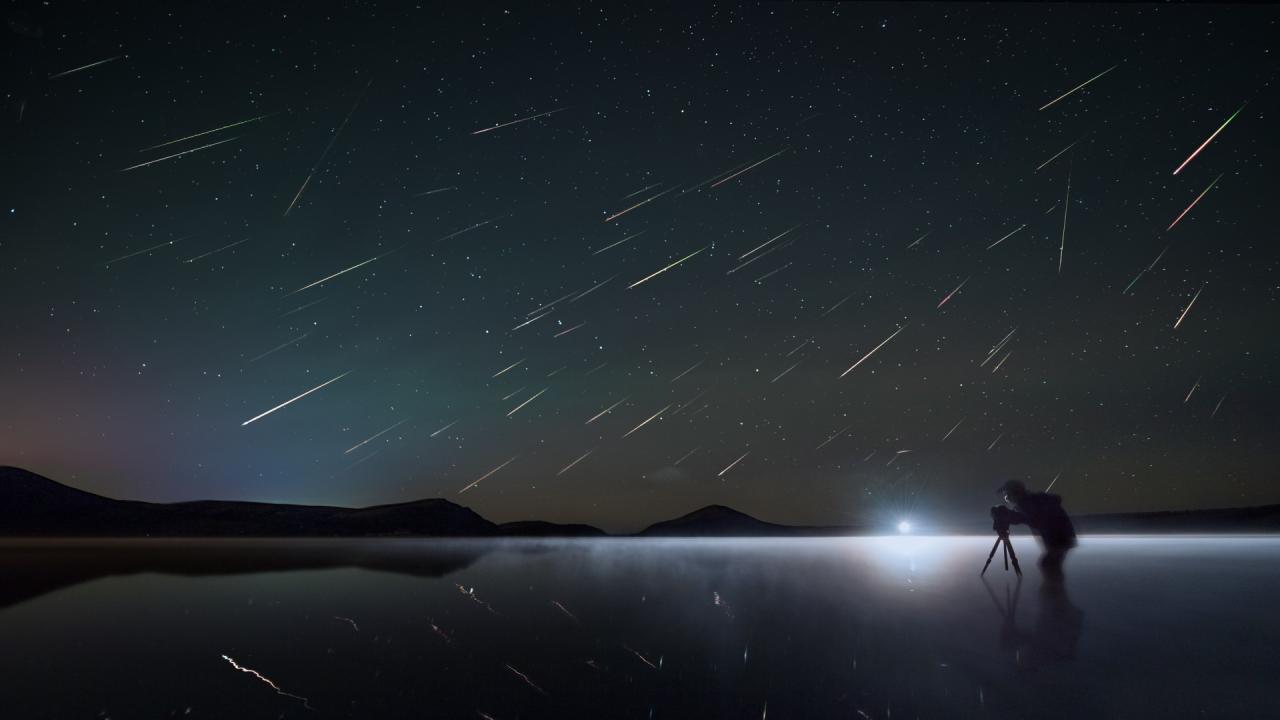
The simultaneous appearance of the Venus-Moon conjunction and the Quadrantids meteor shower created an awe-inspiring celestial event that captivated stargazers worldwide. The event served as a powerful reminder of the beauty and wonder of the cosmos, sparking interest in astronomy and inspiring many to look up and appreciate the night sky. From stunning photographs shared across social media to the collective wonder experienced by those fortunate enough to witness it, this event will undoubtedly be remembered as a remarkable celestial spectacle.
It highlighted the power of these events to connect us with the universe and each other.
Answers to Common Questions
What causes the Quadrantids meteor shower?
The Quadrantids originate from debris left behind by an extinct comet, 2003 EH1.
How bright was Venus compared to the Moon during the conjunction?
Venus was significantly brighter than the Moon, appearing as a brilliant, dazzling point of light.
Where is the best place to view meteor showers?
Dark locations, far from city lights, offer the best viewing conditions for meteor showers.
Are binoculars or telescopes necessary to see the Venus-Moon conjunction?
No, the conjunction was easily visible to the naked eye.
